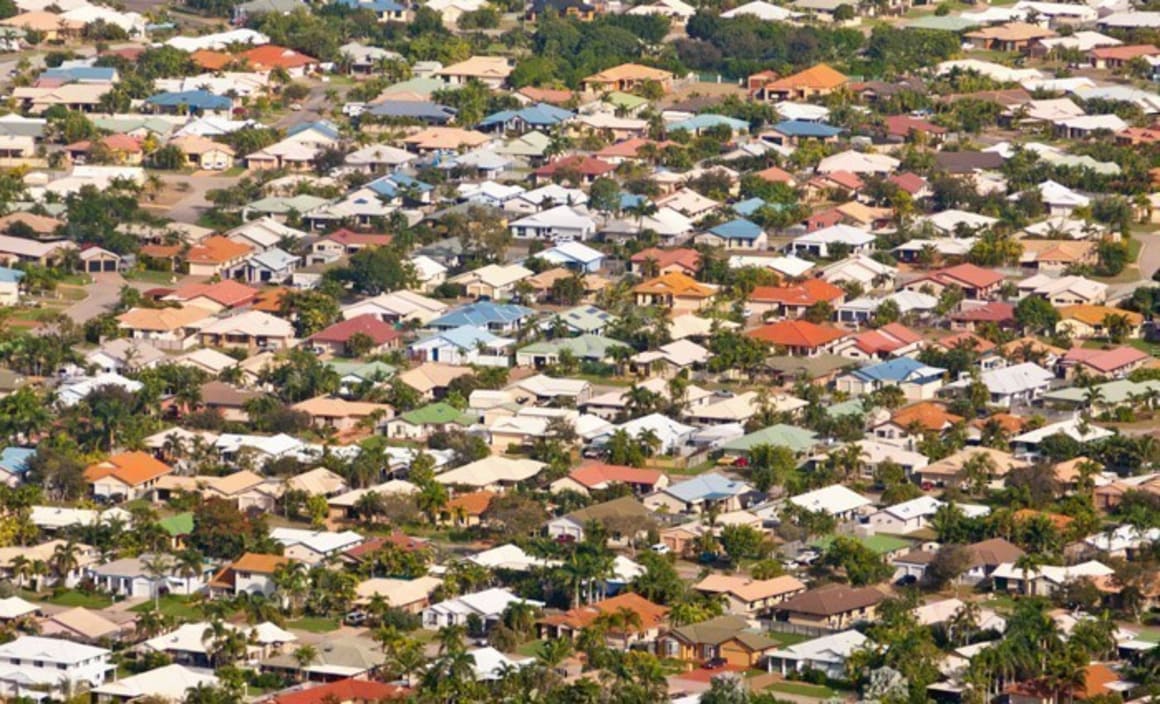Reserve Bank more confident about labour market: Bill Evans

GUEST OBSERVER
As expected, the Reserve Bank Board decided to leave the cash rate unchanged at 1.5 percent.
The minutes of the April Board meeting noted that “the Board judged that developments in the labour and housing market warranted careful monitoring over coming months”. It was therefore a little surprising that the Governor did not repeat that same sentiment in his statement.
Instead, the statement finished in the usual way “the Board judged that holding the stance of monetary policy unchanged at this meeting would be consistent with sustainable growth in the economy and achieving the inflation target over time”.
Possibly explaining this approach is a more confident assessment of the labour market. This comes in response to the March employment report which showed that full-time jobs increased by 74.5k and total jobs rose by 60.9k.
This one month report seems to have calmed concerns at the Bank. For example, in April the Governor commented that “indicators of conditions in the labour market have softened recently… the unemployment rate has moved a little higher and employment growth is modest”. In this statement, he notes that “the unemployment rate is expected to decline gradually over time” and employment growth has been a little stronger.
It is unlikely that we will be able to discern an improved outlook for the labour market in the Bank’s forecasts, which will be updated for the May Statement on Monetary Policy, to be released on September 5.
That is because the unemployment rate forecast is a rather timid “5-6 percent". As we predicted in the preview of the SoMP, it now seems likely that the key growth and inflation forecasts will remain unchanged from the February SoMP.
In the Governor’s statement today, he foreshadows that “growth is expected to increase gradually over the next couple of years to a little above 3 percent”. Note that the growth forecasts for the February SoMP are 2.5-3.5 percent for 2017 and 2.75-3.75 percent for 2018 (mid-points of 3 percent and 3.25%).
Similar comments can be made about the inflation forecasts. The Statement refers to underlying inflation running at “around 1.75 percent” and gradually increasing. The forecasts for underlying inflation in the February SoMP are 1.5-2.5 percent in both 2017 and 2018 (or 2 percent mid-point).
While the Governor clearly responded to the better than expected employment report, there is no change in the assessment of the housing market despite recent reports that house price growth in April was the weakest for sixteen months. He still worries that growth in household debt is outpacing household incomes and notes that “prices have been rising briskly in some markets”. As in April, he points out that recently announced supervisory measures should help address housing risks.
Commentary on other aspects of the domestic economy remains downbeat. Indeed, whereas in April, he referred to “non-mining business investment has risen over the past year”, he now talks about non-mining investment” remaining low as a share of GDP“.
Finally, commentary on the global economy is more confident than in April. He talks about a “broad based pick up in the global economy” whilst recognising that commodity prices have recently reversed.
Conclusion
Westpac has been forecasting that the official cash rate will remain on hold throughout 2017 and 2018. With our view that growth is likely to slow in 2018 under the weight of a contraction in the residential construction cycle and falling terms of trade, the case for raising rates in that year will prove to be fragile.
BILL EVANS is chief economist of Westpac.